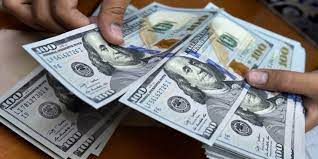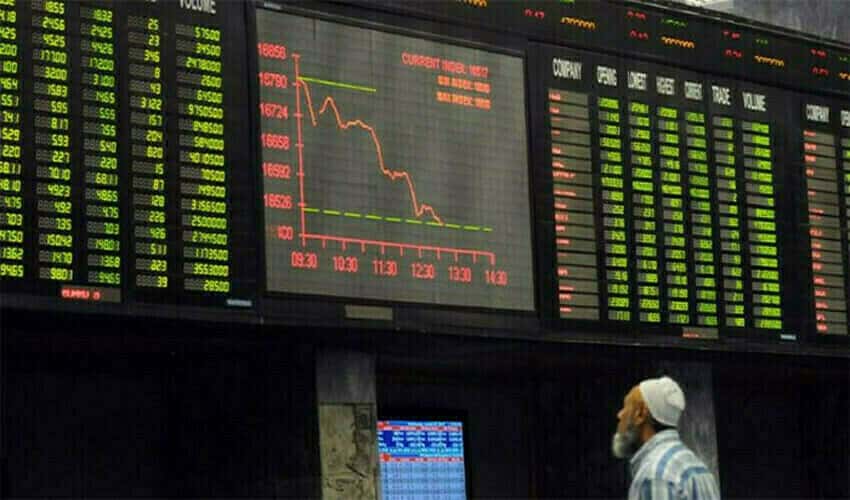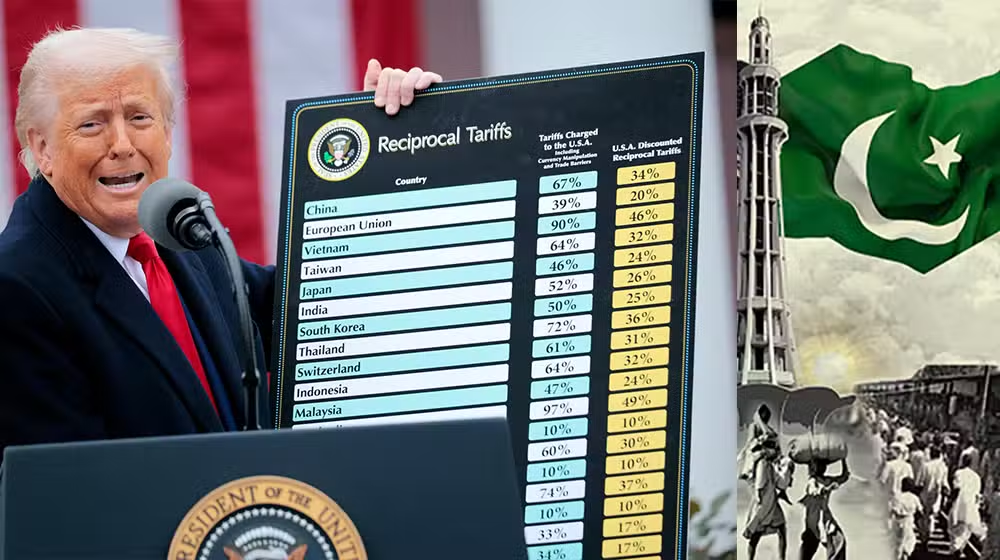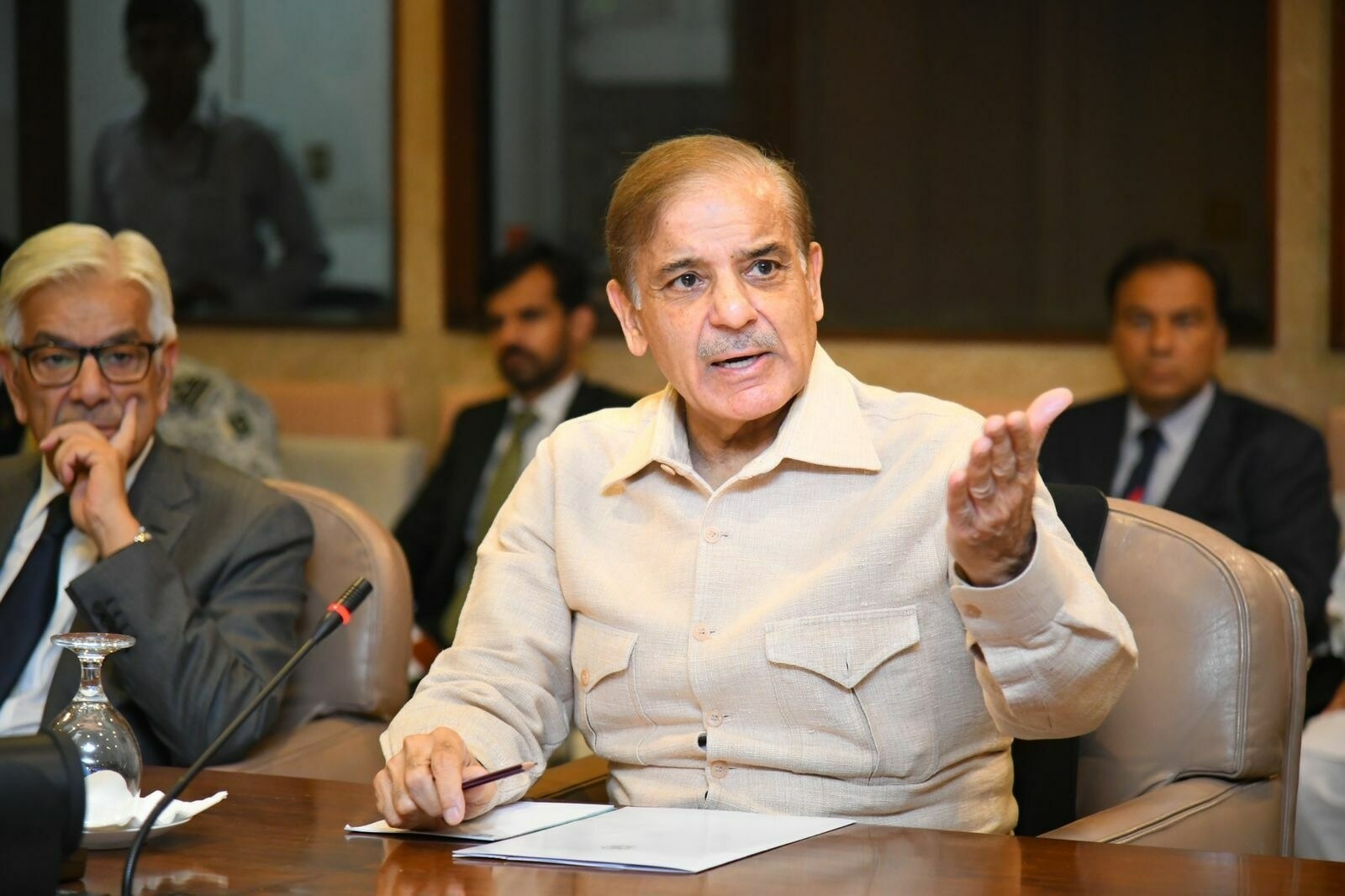Pakistan’s total investment has plummeted to its lowest level since 1972-73, standing at a mere 13.1% of the GDP. This decline occurs despite extensive efforts to enhance the investment climate through initiatives like the Special Investment Facilitation Council (SIFC).
Historically, Pakistan’s investment-to-GDP ratio was at 12.8% in 1972-73. Since then, it consistently remained higher, peaking at an all-time high of 26.2% in 2001-02. In the fiscal year 2014-15, it stood at 17.2%, and at 17.1% in 2017-18 during the tenure of the Pakistan Muslim League Nawaz (PMLN). Under Imran Khan’s government, the ratio was 15.6% in 2021-22. During the Pakistan Democratic Movement (PDM)-led government, it dropped to 14.1% in 2022-23, and further decreased to 13.1% in the fiscal year 2023-24.
Economic Context and Challenges
The decline in investment is coupled with other economic challenges. The country’s economy experienced a low growth rate of 2.38%, while the population growth rate exceeded 2.6%. This imbalance, alongside average inflation rates ranging between 25% and 26%, indicates a persistent state of stagflation over recent years.
Despite these challenges, the overall size of Pakistan’s economy in dollar terms increased to $373 billion in the current fiscal year 2023-24, up from the revised estimate of $338 billion in the previous fiscal year. This growth reflects the nominal expansion of the economy even amid economic headwinds.
According to provisional figures approved by the National Accounts Committee (NAC), Pakistan’s per capita income is estimated at $1,676 for the current fiscal year. The Pakistan Bureau of Statistics (PBS) has calculated a slightly higher figure of $1,680. The Ministry of Finance is expected to publish the per capita income figure of $1,676 in the forthcoming Economic Survey for 2023-24, ahead of the 2024-25 budget.
The savings-to-GDP ratio remained relatively stable, standing at 13.1% for the current fiscal year compared to 13% in the previous year. The country’s import restrictions helped reduce the current account deficit to an estimated 0.03% of GDP, remaining below $1 billion for the ongoing financial year.
The investment-to-GDP ratio for the fiscal year 2017-18 was 17%, but it has seen a continuous decline in subsequent years, reaching 13.1% in the outgoing fiscal year. Public investment decreased from 3% of GDP in the last fiscal year to 2.8% in 2023-24. Meanwhile, private sector investment also saw a decline, dropping from 9.5% of GDP in the previous fiscal year to 8.7% in 2023-24. Additionally, fixed investment fell from 12.4% of GDP last year to 11.4% in the current year.
The declining trends in both investments and savings ratios as percentages of GDP are significant constraints on Pakistan’s economic growth potential. The country achieved a provisional growth rate of just 2.38% for the current fiscal year, a rate insufficient to keep pace with population growth and to create the necessary economic opportunities for its expanding workforce.
To address these issues, the government needs to enhance its efforts to attract and retain both domestic and foreign investments. This includes improving the overall business environment, ensuring political and economic stability, and implementing reforms to make Pakistan an attractive destination for investors. The role of the Special Investment Facilitation Council (SIFC) will be crucial in driving these reforms and achieving higher investment levels.
Furthermore, increasing public investment in infrastructure and other critical sectors can stimulate economic activity and create a conducive environment for private sector growth. Enhancing policy measures to improve savings rates among the populace will also contribute to a more sustainable economic framework.
Pakistan’s Investment-to-GDP Ratio Hits Lowest




